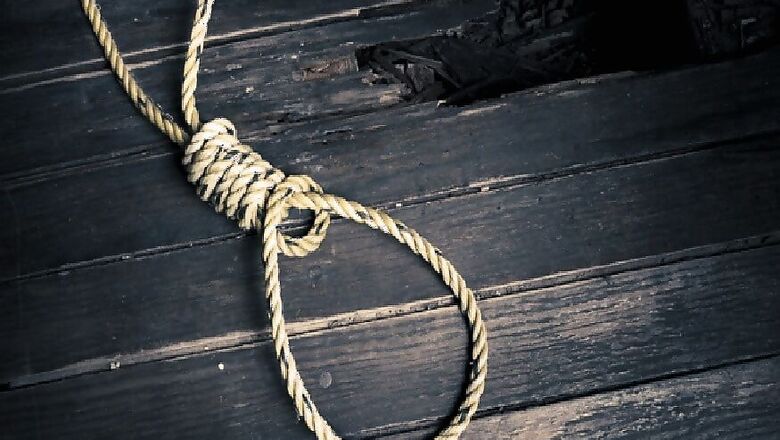
views
New Delhi: As the infamous blue whale challenge made horrifying headlines the past weeks, two psychiatrists punctured its myth of being the ‘only cause’ for adolescents and young adults killing themselves.
Of every 100 adolescent suicides a week in India, the Internet phenomenon could only be blamed in two or three cases.
Suicide has become the leading cause of death among India’s young. But it became a national concern only after the Blue Whale Challenge — a series of tasks involving self-harm that culminates in the 'player’ committing suicide — swept across India, with an increasing number of deaths hanged at its door.
However, psychiatrists Dr. Soumitra Pathare of the Centre for Mental Health Law and Policy in Pune and Dr. Vikram Patel, a Wellcome Trust research fellow and Professor of International Mental Health, called it a red herring. Speaking at a mental health conference at the American Centre in New Delhi, they pointed out the very real problem of adolescent suicides in India.
In the run up to World Suicide Prevention Day on Sunday, September 10, the World Health Organisation came up with guidelines on reporting on suicide, noting that how it was talked about could either prevent or increase suicides.
The problem seemed to be that everyone was talking about the challenge and adolescent suicides in a knee-jerk manner, Pathare told News18 on World Suicide Prevention Day. The attention to the challenge, however grim a problem it presented, was of addressing a symptom rather than a deep-seated cause.
WHO's numbers from May, 2017, are troubling; 8,00,000 people die due to suicide, every year across the world. Of these, one in four are Indian, averaging to about 2,00,000 suicides annually.
According to the National Crime Records Bureau (NCRB), 5,000 children from the age 0 to 14 take their own lives every year, Pathare said. “That's 100 suicides every week,” he added.
Pathare, in reference to the caution expressed in a report by the National Protection of Child Rights, which said perhaps six suicides in two weeks had been caused by the challenge, said we need to look at the growing number of suicides.
“We’re obsessing over what caused two to three suicides that week, forgetting the 97 other deaths,” he said. This happens every year and the outcry over an online game will do nothing to help.
At the conference, Patel said, with the media highlight on the challenge, it diverted attention from the bulk of the suicides happening with alarming frequency.
“Our policy is rather reactionary than preventive,” Pathare, a practicing psychiatrist for 25 years, said.
When the Berlin Wall fell, countries in Eastern Europe saw a rash of suicides, as did Greece after its financial crash, Pathare said, citing an example to give an insight into the deaths.
“It's a complex question, but we're a society going through a social, cultural and financial transition,” he said. “As we go from a feudal, agrarian society to being a more urbanised and westernised one, the youth face many competing pressures.”
In conversation with News18, Patel also tried to explain this phenomenon. Suicides rates among the youth happens to be more in the advanced states such as Tamil Nadu and Kerala than Jharkhand or Bihar.
He added, the children had their aspirations shaped according to the progressive education they’d received and the opportunities they saw open up, whether for work or for relationships. These came in severe contrast with the existing conservative values of their families and societies that still dictated what their children had to do and whom they’d marry.
“Every society in transition creates an upheaval,” Patel said.
Pathare added, “Families now want their women to be modern in many senses, to go out to study and work and then come home to wait on their husbands.”
Coupled with the rapid changes, the society is also grappling with a woeful lack of mental health professionals. In a country where 60 million suffer from mental health disorders, there are only about 3,800 psychiatrists, 898 clinical psychologists, 850 psychiatrist social workers and 1,500 psychiatrist nurses, according to government data from 2015.
“We’ll never have enough doctors,” said Pathare. “But we can train our teachers, policemen, community volunteers to take note when someone is suicidal. Evidence shows these interventions help.”
He added, preventing suicide couldn't just be fine with the health ministry and that it needed a collaborative plan. Taking inspiration from China, India could begin to curb access to lethal means such as pesticides that cause one in three suicides.
While WHO asks countries to develop national strategies to prevent suicide, India, according to Pathare, has the National Mental Health Policy, 2017. However, it mentions suicide but not an actionable strategy that could help India's youth.




















Comments
0 comment